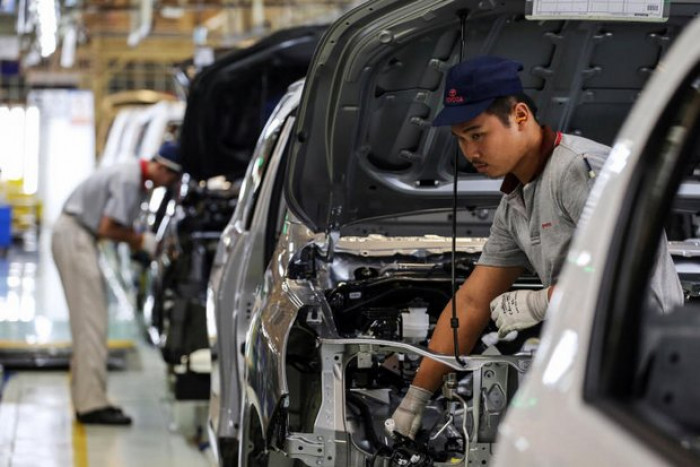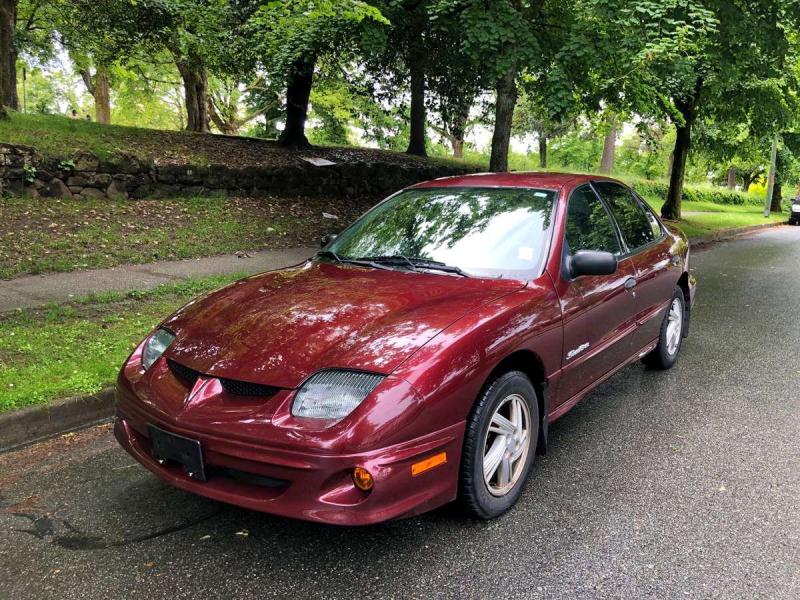Industry Pulse: Toyota one year after the tsunami
Tue, 03/20/2012 - 12:04
Editor’s Note: Shortly after the disaster in Japan, Best Cars Guide heard from Subaru dealer, Jeff Morrill, about how the events were starting to impact the auto retail business. The conversation with Morrill launched an ongoing monthly piece called “Industry Pulse.” I’d encourage you to read what Morrill had to say in March of 2011 before continuing with this look back through Toyota. Please read “Industry Pulse: Subaru dealer talks tsunami after-effects” here.
Greg Thome - Manager, Toyota Division Communications
A Look Back with Toyota’s Greg Thome
On March 11, 2011, a magnitude-9.0 earthquake rocked northern Japan and its people, followed by a tsunami that wrought devastation of unimaginable proportions along the east coast. Amidst the emotional and physical wreckage, the Japanese people, almost immediately, joined together to begin rebuilding their nation. Part of that rebuilding would include one of Japan’s major industries – the automotive sector.
Japan’s car industry has been working to repair itself over the past 12 months. Best Cars Guide recently connected with Greg Thome, who serves as the manager of Toyota Division Communications, to get an exclusive pulse on where the Japanese carmaker stands one year later.
“Overall, the company was hit hard by the earthquake and tsunami on March 11,” said Thome about Toyota Motor Corporation (TMC).
Immediately following the events of that day, Toyota prioritized the safety of its team members and their families, which included suspending production at all of its plants and subsidiary vehicle-manufacturing plants in Japan from March 14 through March 26.
“Impact was limited at Toyota’s North American operations,” said Thome. “All 13 North American vehicle and engine plants ran normally, although overtime was curtailed [to] assure we maintained adequate inventories of parts that [came] from Japan.” Toyota North America sources parts and materials from roughly 500 North American suppliers for the cars it builds here, slightly insulating those plants from the production interruptions in Japan.
“Our number-one priority was to support our team members at TMC, our partner companies, suppliers and dealers.”No injuries were reported at Toyota operations, including the company’s headquarters in Tokyo. “All the employees at these facilities were evacuated to safe areas,” said Thome. Other TMC facilities were affected. “Some of our key suppliers and affiliates were hit hard and faced temporary shut downs,” he added. That list included the Toyota Motor Hokkaido Plant, Toyota Motor Tohoku Plant, Central Motor Corporation Miyagi Plant (that produces the compact Yaris) and Kanto Auto Works Iwate Plant (that produces both the Scion xB and xD). Photo provided by Toyota A wave of product shortages hits the U.S. Within a matter of months, the hurt extended beyond the Pacific Rim to Toyota’s U.S. dealer base. Although initially stocked with adequate supply levels, dealership inventories quickly began starving for fresh product. Toyota builds 12 models in North America – including high-volume vehicles like the Camry, Corolla, RAV4, and Lexus RX 350 – but the ever-popular Prius remains built in Japan. This factor did nothing to ease production woes during the slowed, strenuous months that followed. “In the months of May through December, the loss of production hurt dealership supply,” Thome explained. Fortunately, dealers had enough replacement parts to avoid any service delays to their customers’ existing vehicles. As early as March 27, the first models back in action started to roll down the assembly line in Japan. The Prius and the newly introduced Lexus CT 200h led the way. Thome indicated that critical parts for replacement at home were being manufactured as early as March 17 with parts for overseas production starting on March 21. Resilience conquers all Toyota’s production in North America dropped a whopping 14 percent in 2011 over 2010. But what the hard data doesn’t show is the irrepressible spirit of the Japanese people. In a press release on the company’s website, Shigeki Terashi, president and COO of Toyota Engineering and Manufacturing North America, Inc. (TEMA), had this to say about his employees:
Despite a challenging year due to the earthquake and tsunami in Japan that caused limited parts availability, Toyota’s team members and supplying partners were able to ramp up production ahead of schedule. This kind of commitment and customer-first spirit will set the stage for growth over the course of the year.On behalf of the company globally, Toyota Motor Corporation in Japan donated approximately $3.75 million for relief and recovery efforts in communities affected by the Tohoku Earthquake. The automaker even created a website (www.toyotasupportforjapan.com) to help provide employees and supporters a place to send and view messages of inspiration to the Japanese people, including a section where visitors could donate to the American Red Cross. As difficult the year was for Toyota, 2011 was not all bad news. The manufacturer opened a brand-new $800 million facility in Blue Springs, Mississippi and built nearly 2,000 Corollas there in Q4, creating an equal number of much-needed jobs for the people of that rural area. The company also has projected that in 2012 it will build its 25 millionth vehicle in North America – a milestone that is certainly worthy of celebration.

[{"target_id":"255114","alt":null,"title":null,"width":"700","height":"467","url":"\/sites\/default\/files\/articles-images\/dc\/c1_1028645_160706055553_700.jpg"}]




